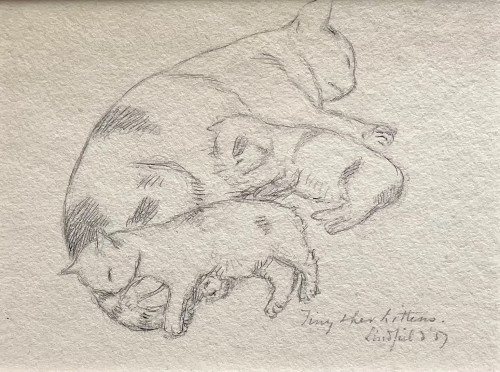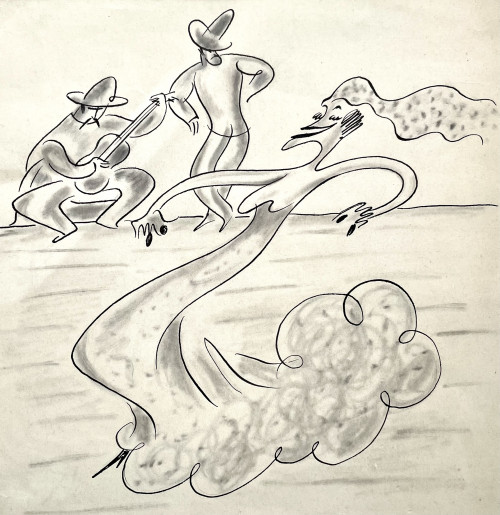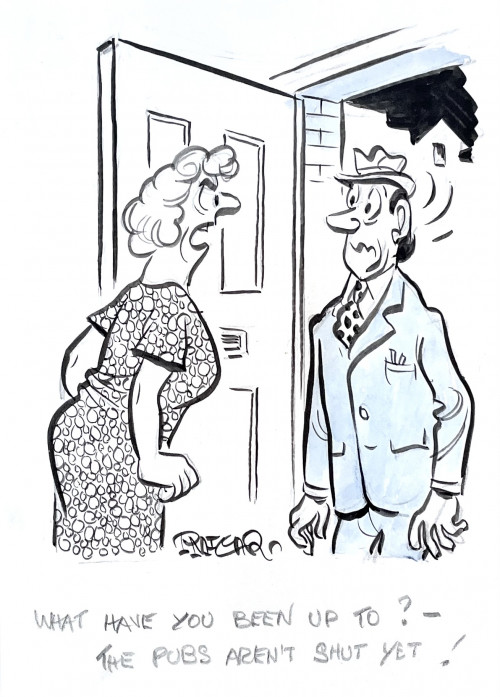- HOME
-
- View All Items
- New Arrivals
- Featured Items
- Artists
-
- View All
- Contemporary
- Birmingham School
- Cotswold Group
- Landscape
- Urban Townscape
- Abstract
- Animals/Birds
- Arts & Crafts
- British Impressionist
- Botanical
- Design/Industrial
- Fantasy/Fairy Subjects
- Female Artists
- Figurative
- Historical
- Illustration/Cartoon
- Marine
- Military/War Artist
- Modern British
- Pre-raphaelite/ Romantic/ Aesthetic
- Nude
- Portrait
- Prints
- Scottish
- Sculpture
- Sporting
- Still Life
- Theatrical
- Interiors/Architectural
-
ARCHIVE
Genre
- View All
- Contemporary
- Birmingham School
- Cotswold Group
- Landscape
- Urban Townscape
- Abstract
- Animals/Birds
- Arts & Crafts
- British Impressionist
- Botanical
- Design/Industrial
- Fantasy/Fairy Subjects
- Female Artists
- Figurative
- Historical
- Illustration/Cartoon
- Marine
- Military/War Artist
- Modern British
- Pre-raphaelite/ Romantic/ Aesthetic
- Nude
- Portrait
- Prints
- Scottish
- Sculpture
- Sporting
- Still Life
- Theatrical
- Interiors/Architectural
- ARTISTS
- Online Exhibitions
- Events
- About
- Contact
- Home
- Medium
- Watercolour & Drawing
- Anapo River, Syracuse, Sicily
Anapo River, Syracuse, Sicily
Anapo River, Syracuse, Sicily
Walter Crane was born in Liverpool, the son of Thomas Crane, a portrait painter and miniaturist. During his early apprenticeship to the wood-engraver William James Linton (1859-62) he had the opportunity to come into close contact with the works of Rossetti, Millais and other member of the Pre-Raphaelite circle who, along with his interest in the Italian Renaissance the Japanese art and design, were to have a great influences on his own work. Crane met Burne-Jones and William Morris in 1871 and was inspired by the former’s exhibits at the Old Watercolour Society he began to work in watercolour and tempera, showing works at the Dudley Gallery, Grosvenor Gallery and later at the New Gallery. He was increasingly drawn to landscape painting during a prolonged Italian sojourn in 1871-73. Leighton had introduced him to Giovanni Costa and the landscape painting of other members of the Etruscan School and on his return to London landscapes began to feature more often in his work. However, he is probably still best known as a leading member of the Aesthetic movement and for his illustrations for children’s books, decorative schemes, his radical beliefs and close association with the Socialist movement. The present work was executed during Crane’s 1904 visit to Sicily. An exhibition of his Watercolours and Sketches of Normandy and Sicily was held at the Carfax Gallery, London in February 1905.
Dimensions:
Thank you for your enquiry.
We will get back to you soon.
Please create wishlist to add this item to
RELATED ITEMS
















